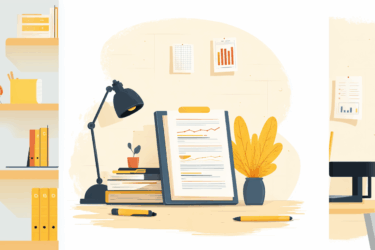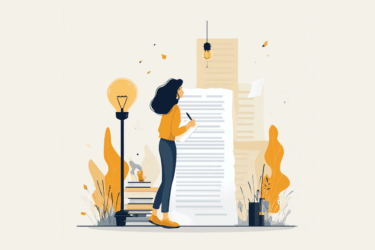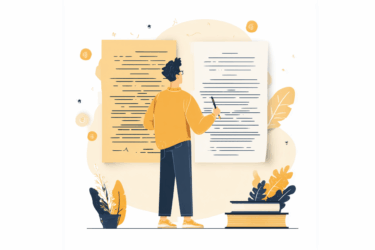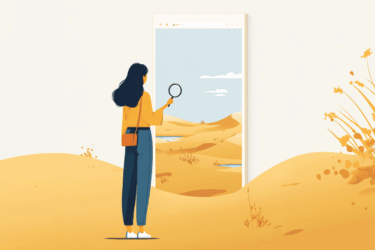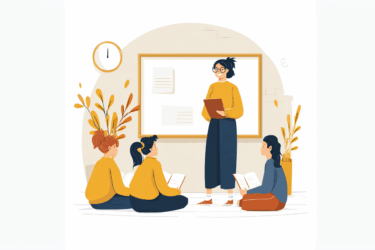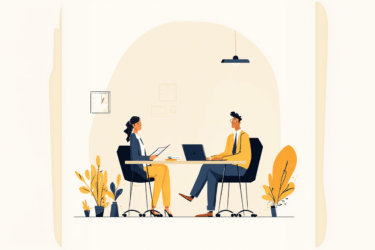“You have just read my mind!” sounds encouraging in a conversation in a friendly circle but may have legal implications when it comes to intellectual property. Here, we deal with unintentional plagiarism – the situation when people repeat someone else’s ideas without even realizing it.
Accidental copying can still lead to accusations of stealing. That is why writers, artists, content creators, and students want to utilize a plagiarism tool. Checking the writing enables us to ensure the works’ originality and not to goof, jeopardizing the reputation and risking financial losses.
Let’s consider some cases when we are especially susceptible to unintentional plagiarism.
Unintentional plagiarism in a creative field
Most of the ideas we get are inspired by our background. Things we see, read, hear, and experience daily shape our mindset and affect the concepts we produce. Often, we process them to create an original piece of work, but it happens that we are governed by the environment to the extent we don’t even comprehend.
That is how we may produce the works that make people say things like “I have read it somewhere!” or “It reminds me of that song”, and the comparison is not always a compliment. Sometimes, it is a sign we have been driven by the impression too much, or it was just something “in the air,” like a catchy song or idea, or a pure coincidence that we copied the existing work. Not to worry, it happens to all of us!
Musical history knows plenty of examples when artists are taken to court for alleged plagiarism, while the singers claim to have never heard the melody said to be “original.” Even Brown professors are not insured against unintentional plagiarism, and presidents-to-become occasionally forget about proper citing. Students tend to pick their peers’ ideas or the concepts they encounter in books, often without any intention to cheat.
The idea may seem so familiar that it feels like some common concept rather than intellectual property that needs reference. In this case, the plagiarism-detecting tool can be really helpful to check the novelty of the writing.
Self-plagiarism
Self-plagiarism is another phenomenon related to unintentional cheating. It happens when we repeat our own ideas without planning to refer to the past experience. Let’s say you have some published works and mention the same concepts in new research, or a student crafts a paper and repeats the same facts and conclusions as in the previously submitted assignments. In all these cases, the originality checker will find similarities if the book, article, or paper is in the tool’s database.
Getting back to your ideas is no crime. We just want to make sure you are aware of repeating something you have already published and consider whether it is appropriate in the case.
AI plagiarism
AI plagiarism is a relatevily new type of copying-related issue and the latest challenge for educators. With the rapid development and implementation of AI technologies, teachers, editors, and recruiters face the necessity to distinguish between machine-written and human-created text.
This need is reasoned not only by the desire to deal with genuine writing. One of the serious downsides of AI content is the lack of originality. The thing is, bots like Chat GPT or Google Gemini don’t actually produce the original writing. They compile the texts from millions of resources they analyze. So technically, AI does not copy, and the ordinary plagiarism checker will not find 100% similarities, as Chat GPT takes random words from various sources. But regarding the gist of plagiarism, this is the very thing that is happening: AI picks someone’s writing and produces a new piece without referring to the source.
In many cases, AI can be a real help appropriate for specific tasks. Moreover, the most recent AI models are trained to “think” and, at least, provide the sources of information they use. However, they still “hallucinate”, occasionally mentioning made up or irrelevant resources. Therefore, it is crucial to be aware you deal with machine-generated writing instead of human-crafted text, and that is where the Chat GPT checker saves the day.
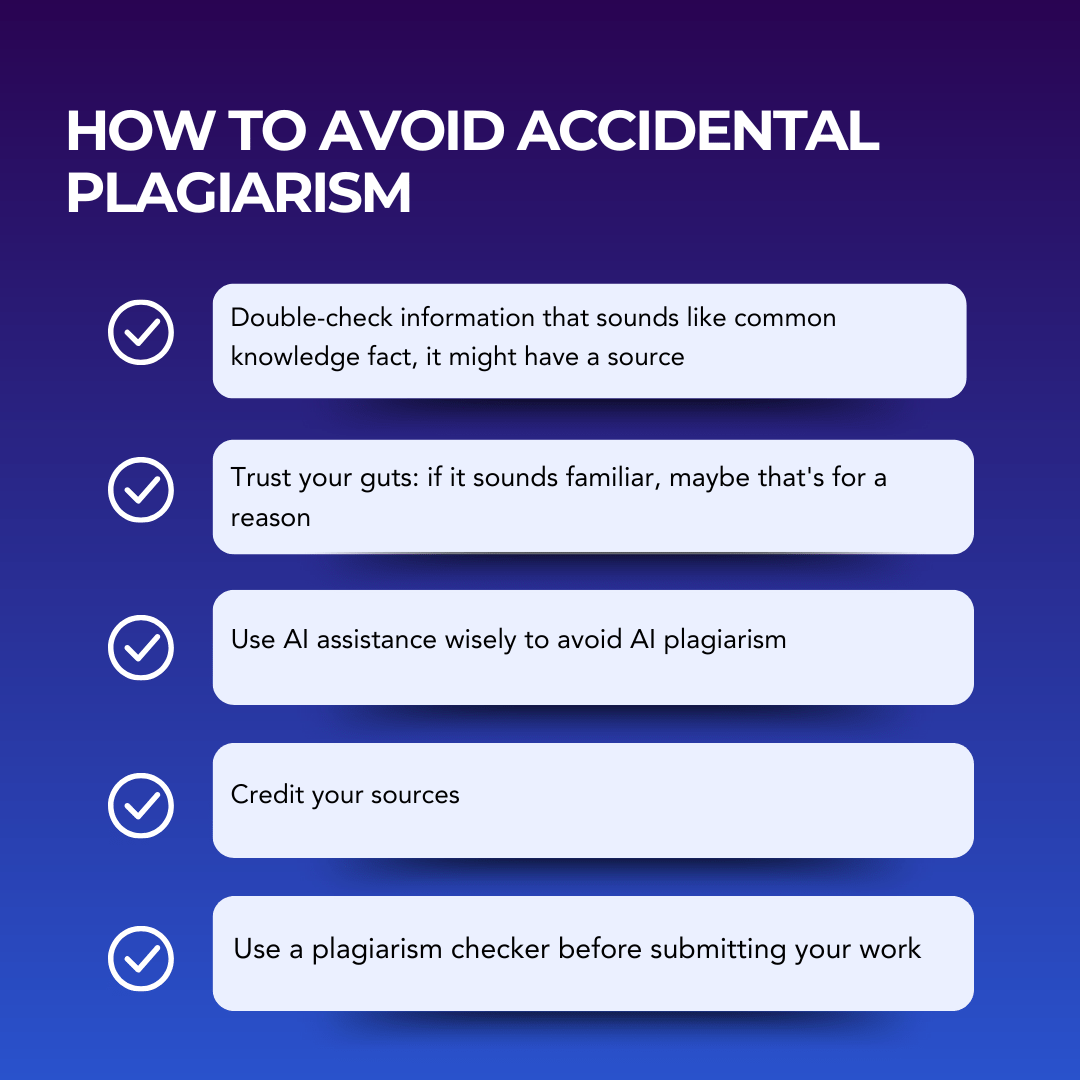
PlagiarismCheck.org is an easy way to check any text for plagiarism and AI-generated writing traces in no time! Use our browser extensions or LMS integrations for Canvas and Moodle for even more convenience. Try to test your writing for unintended plagiarism for free now!

